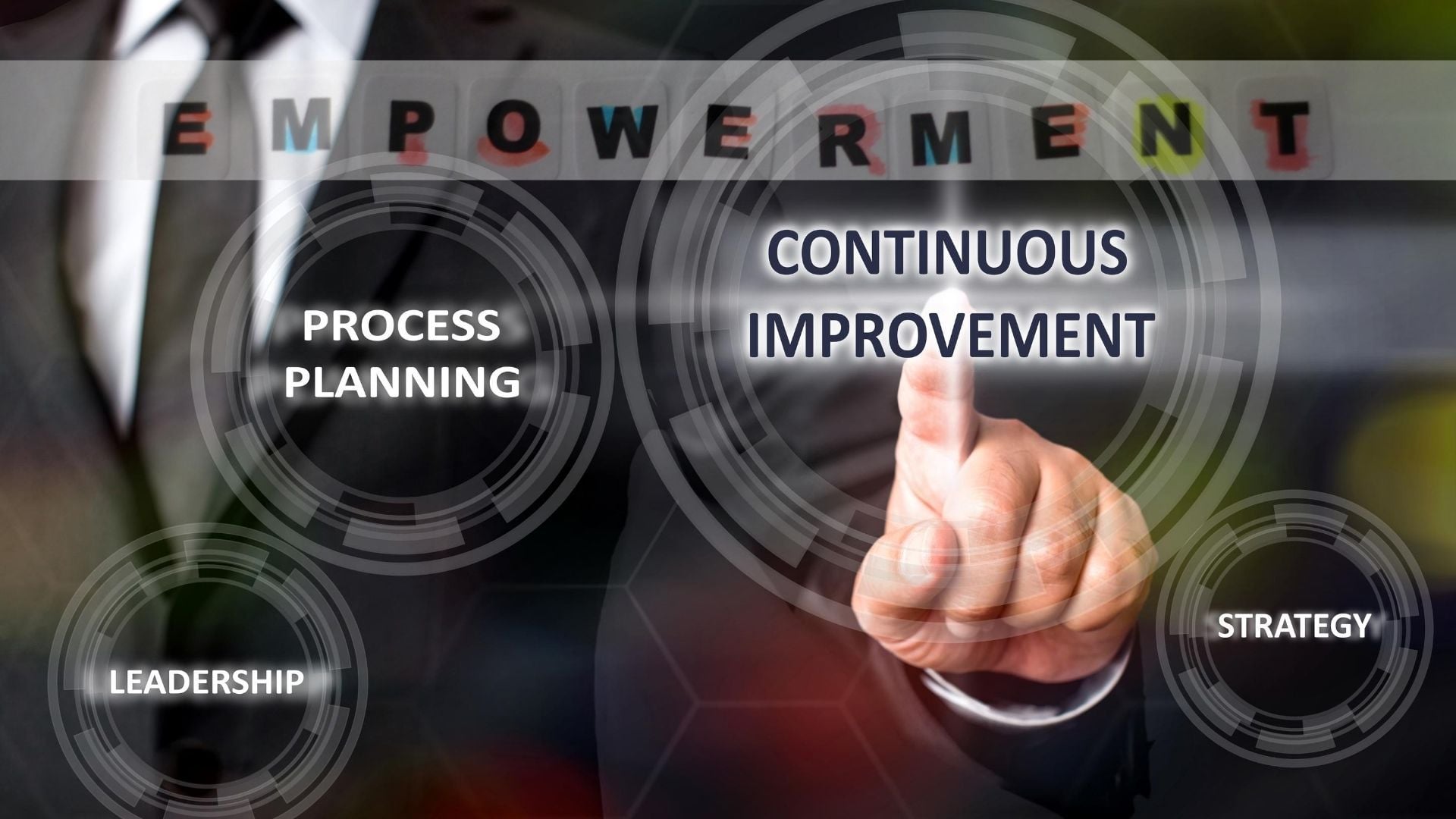Empowerment Accelerates Continuous Improvement
Empowerment Accelerates Continuous Improvement
Published by linker 5
Posted on August 6, 2020

Published by linker 5
Posted on August 6, 2020

By Larry Sternberg, JD, Fellow, Talent Plus, Inc.
Empowerment
First, let me clarify how I am using the word “empowerment” in this context. Empowerment is giving employees the authority to make decisions and take action without seeking prior approval.
When employees are empowered in that way, continuous improvement is dramatically accelerated. Continuous improvement, by definition, requires change. When employees are given the authority to change their processes and procedures without having to seek approval (often several layers of approval) improvements are implemented much more rapidly and much more frequently.
Self-Directed Work Teams
When I was the general manager of The Ritz-Carlton, Tyson’s Corner, I was asked by the COO, Horst Schulze, to implement a management model known as “self-directed work teams.” This model requires extreme empowerment. Hourly employees were authorized to make numerous decisions normally reserved for management. These decisions included work schedules, task assignment, hiring new employees, ordering supplies, redesigning work processes, peer performance evaluations and many others.
At that time Ritz-Carlton evaluated each hotel’s performance using 20 metrics – 10 financial and 10 nonfinancial. After 18 months of working in this model, the company determined that according to those 20 metrics, The Ritz-Carlton, Tyson’s Corner was improving at a rate that was 5 to 7 times the rate of improvement of the rest of the company.
Demonstrating Results
To highlight just a few outcomes that those metrics were tracking, our hotel showed significant improvements in customer satisfaction, employee morale, productivity, expenses (they went down) and profit margins (they went up).
Here are a couple of specific examples. By training hourly employees to interview job candidates and make final hiring decisions (with zero input from management), and by empowering them to revamp the entire hiring process, we reduced the time from job application to job offer from 6 weeks to 24 hours. Productivity increased because managers were no longer spending time interviewing candidates. We beat our competitors to the best candidates because we made job offers before they could complete their selection processes. Furthermore, because Ritz-Carlton used a scientific assessment that returned a score for each candidate, we noticed hourly interviewers held out for better candidates than their managers did. In addition, the hourly employees’ commitment to help new people succeed increased because they had selected those people.
The next example involves salespeople. Many people outside the hotel industry might be unaware that a large, conference-oriented hotel has a team of salespeople. That team is responsible for generating the majority of the revenue and profits for the hotel. It is quite routine for a salesperson to send an amenity (such as a bottle of wine or a fruit and cheese plate) to a particular guest, or to several guests.
This example occurred when I was conducting a training program on empowerment and process improvement at The Ritz-Carlton, Boston. A salesperson suggested we modify the approval process for sending the types of amenities described above. We determined the average cost to the hotel for sending each amenity was about $25, including the costs associated with assembling and delivering it. We had confidence in our estimate because the controller, the purchasing director and the food and beverage director were right there in the room.
As I said, sending these types of amenities is quite routine. In a busy hotel, it happens numerous times a day. Each and every time a salesperson wanted to send an amenity, three signatures were required: the director of sales and marketing, the controller and food and beverage director. These things are almost never pre-planned, so the salesperson would almost always have to walk the approval document to each of those executives to get their signatures. Hotel executives are rarely in their offices, so tracking them down takes time.
We had the right people in the seminar (including the director of sales and marketing) to arrive at a credible estimate of how much time it normally took to walk around to get the required signatures, and how often this occurred. We then annualized the numbers. That approval process was costing the hotel more than 1,000 salesperson hours that could otherwise be spent selling! That’s about half a full-time employee.
All of this because salespeople who were entrusted to close five and six-figure contracts were not authorized to make a $25 decision. And by the way, none of the three authorizing executives ever refused to sign off on an amenity request. Not once.
What Happens When You Empower Your People?
By empowering salespeople to make a $25 decision, we increased selling time by more than 1,000 hours per year and improved the morale of every person in the sales department.
If you empower people to make decisions, including the redesign of their work processes, they don’t have to wait for a seminar to implement their ideas for improvements.
One common reason managers and executives do not want to empower their people is that they have to give up some of their power (and their perceived control). You see, the dilemma is that the manager cannot give up their accountability to deliver results. The traditional thinking is: If I am going to be held accountable for the results, then I get to call the shots. To successfully empower people, the manager must rise beyond that type of thinking. It requires great trust in your people. It’s a leap of faith. It takes most managers way out of their comfort zones.
Get Started
If some readers do wish to get started on this journey, here’s one way to take that leap:
Step 1. Have everybody in your area of responsibility answer the following questions:
Step 2. Have a bias – a strong bias – to implement the changes they want.
If some of these ideas don’t work, try something else. But don’t you decide what to try next, let the employees do it.
Enjoy the Outcome
Empowerment involves risk. It is not easy. It requires a lot of trust. It requires a lot of teaching and coaching. Not everybody is up for it. But if you are the kind of manager or executive who receives intrinsic satisfaction from developing people, the rewards (both intrinsic and extrinsic) are well worth the effort.
Explore more articles in the Business category











